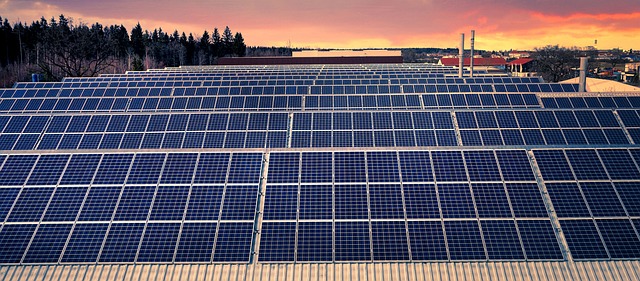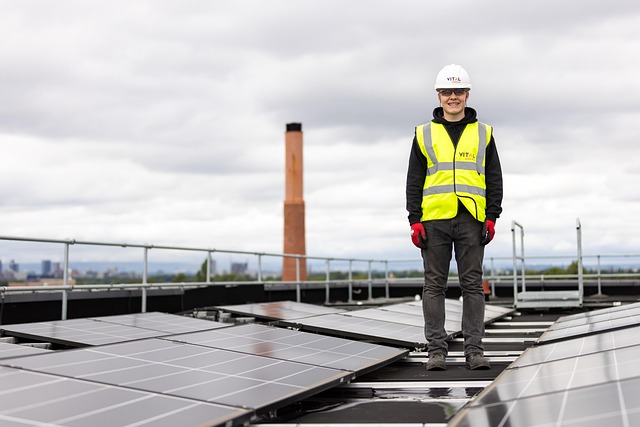Incentives and rebates play a pivotal role in the real estate sector by promoting sustainability and appealing to both buyers and developers. Financial motivations from governments and utility companies encourage energy-efficient practices through cash back or bill discounts for home improvements like solar panels and insulation upgrades. Staying informed about regional incentives is crucial for professionals, as they impact property value and appeal while fostering environmentally conscious choices. By reducing installation costs, these financial stimulants make eco-friendly upgrades more accessible, benefiting developers with improved cash flow and higher returns while easing upfront expenses for homeowners. Homeowners should strategically approach their projects by conducting market research, comparing prices, and taking advantage of available incentives to maximize savings on installation costs.
In today’s competitive real estate market, understanding incentives and rebates can significantly offset installation costs. This article guides you through the process of leveraging financial benefits to enhance your home’s value without breaking the bank. We’ll explore how government programs, utility companies, and developers offer rebates for energy-efficient upgrades, and provide practical strategies for homeowners to maximize savings. By the end, you’ll be equipped with the knowledge to navigate these incentives effectively.
Understanding Incentives and Rebates in Real Estate

Incentives and rebates play a significant role in the real estate sector, offering attractive options for both homebuyers and property developers. These financial incentives are designed to offset the initial installation costs associated with various home improvements or renewable energy systems. By providing rebates, governments and utility companies encourage the adoption of energy-efficient practices and sustainable technologies. For instance, when installing solar panels or upgrading insulation, homeowners can receive substantial cash back or discounts on their utility bills.
Understanding these incentives is crucial for real estate professionals as they can significantly impact a property’s value and appeal. Rebates and incentives often vary by region and are subject to specific eligibility criteria. Real estate agents and buyers should stay informed about local programs to make informed decisions. These financial boosts not only reduce upfront expenses but also promote environmentally friendly choices, contributing to a greener and more sustainable real estate market.
How Installation Costs are Offset

In the real estate sector, installation costs can significantly impact a project’s overall budget and profitability. Fortunately, incentives and rebates offer a compelling solution to offset these expenses. These financial stimulants are designed to encourage both property developers and homeowners to invest in energy-efficient installations, such as solar panels or advanced HVAC systems. By providing direct financial relief, they make these upgrades more accessible and appealing.
When rebates are applied to the initial installation costs, it effectively reduces the monetary burden on all parties involved. For developers, this means improved cash flow and potentially higher returns on investment. Homeowners benefit from reduced upfront expenses, making eco-friendly home improvements more attainable. This mutually beneficial arrangement not only promotes sustainability but also fosters a healthier financial environment within the real estate market.
Maximizing Savings: Strategies for Homeowners

To maximize savings on installation costs, homeowners can employ strategic approaches. Firstly, researching and understanding the market is key; comparing prices from different contractors and suppliers allows for informed decisions. Many real estate professionals recommend shopping around for the best deals on materials and labor. Secondly, taking advantage of incentives and rebates offered by manufacturers or local governments can significantly offset expenses. These financial benefits often come with specific conditions, such as using energy-efficient products or meeting certain installation criteria; ensuring these are met can lead to substantial savings.






